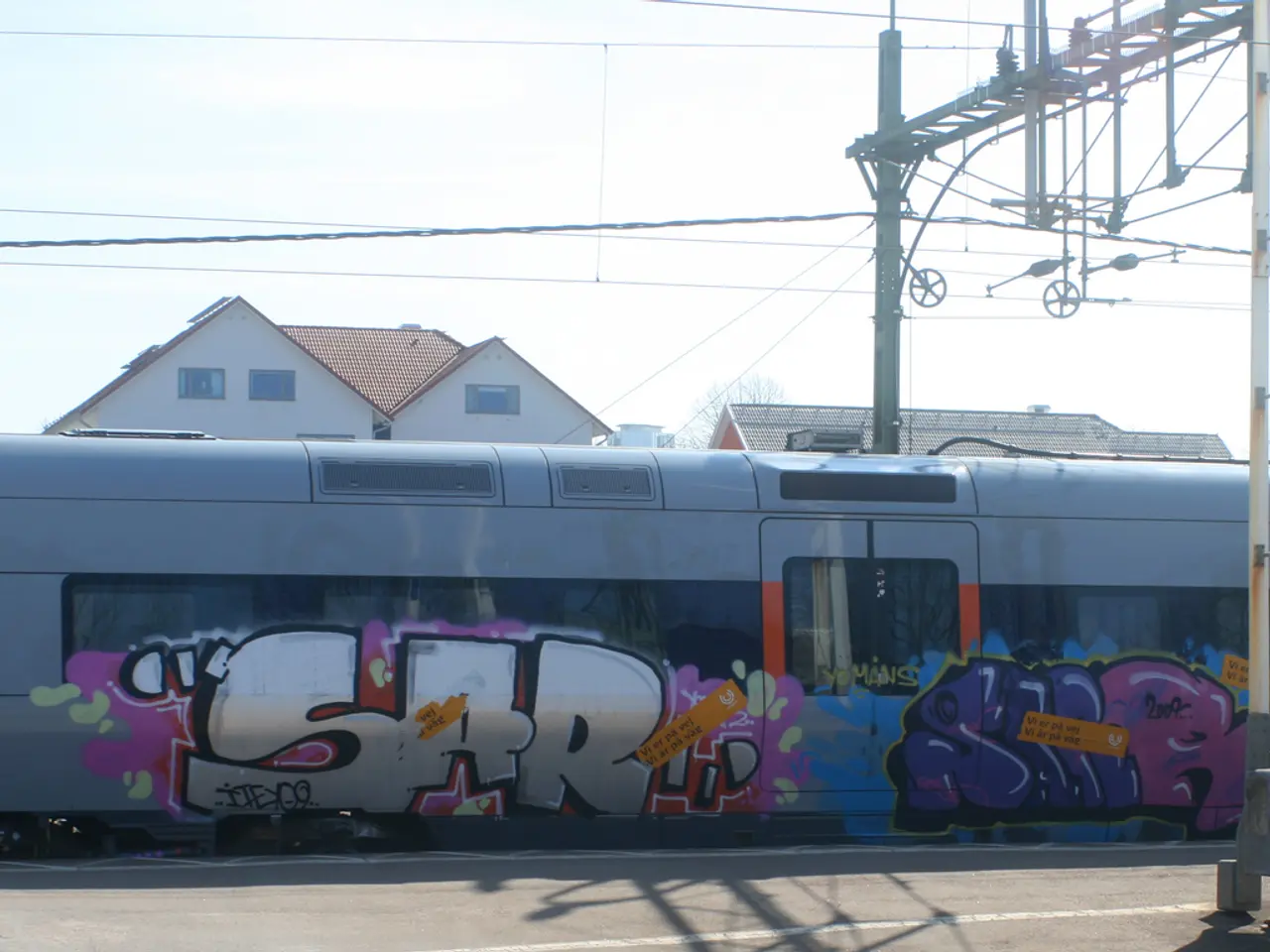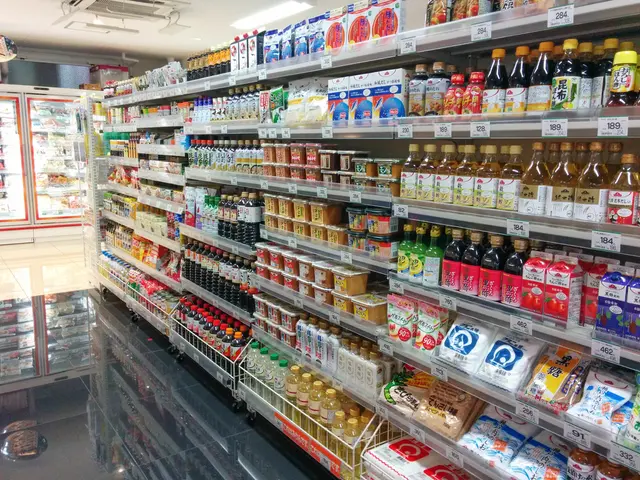China-Russia Crackdown on Dishonest Shipping Disrupts Trade
Authorities in China and Russia are cracking down on dishonest shipping practices, leading to significant disruptions in transportation and increased costs for businesses. The focus is on goods with dual use and Western brand products, with up to 99% of batches undergoing inspection.
The intensified checks have resulted in a buildup of up to 7,500 units of transport at border crossings. This includes vehicles held up at borders and on the way to markets, as well as pressure on railway transportation. The national carrier 'Kazakhstan Temir Zholy' has temporarily restricted the acceptance of wagons due to infrastructure overload. Multi-kilometer queues on the Kazakhstan route from China to Russia have persisted for weeks.
Border delays are directly impacting transportation costs, with congestion adding up to 15% to the costs per trip. Businesses are already facing millions of dollars in losses due to seven-day queues. In response, some carriers are seeking alternative routes. Major logistics companies such as DHL, DB Schenker, and Kuehne+Nagel are using routes through Manzhouli-Zabaikalsk or via Mongolia to bypass delays at the Russian-Kazakh border crossings. However, these alternative routes are not without their own challenges, as they can be longer and more complex. Despite these efforts, average delivery times for goods between Russia and Kazakhstan have increased by 1.8 times over the past two and a half years, reaching 13-14 days by September 2025.
The crackdown on dishonest shipping practices is causing significant disruptions in transportation between China and Russia. While alternative routes are being explored, they come with their own challenges. Businesses are facing increased costs and longer delivery times, with no immediate signs of relief. The situation is expected to continue to impact trade and logistics in the region.







